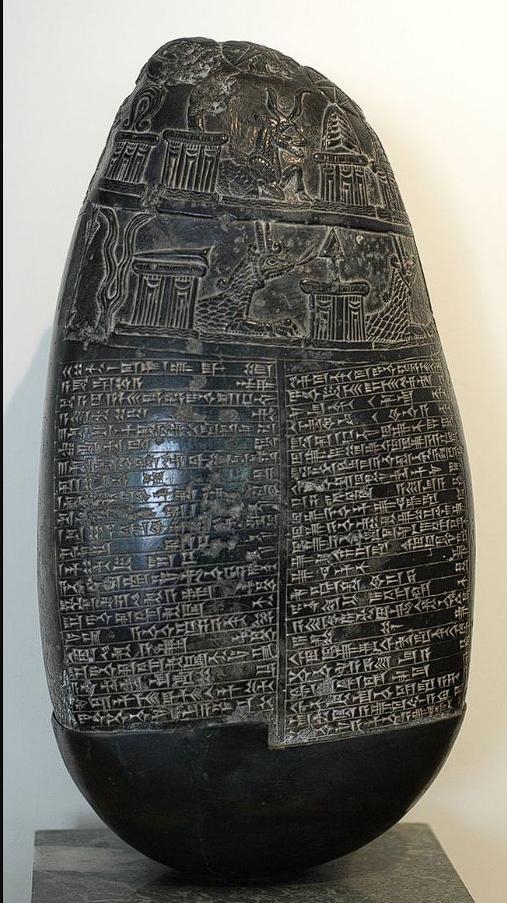André Michaux’s discovery of a mysterious black stone near the ruins of Taq Kasra in 1786 marked a pivotal moment in European understanding of ancient Mesopotamian civilization. This kudurru, a boundary stone dating back to the reign of Marduk-nadin-ahhe in Babylon, served as a tangible link to a world previously shrouded in mystery, revolutionizing historical scholarship.

A Serendipitous Encounter: Michaux’s Discovery
While renowned for his botanical expertise, Michaux’s encounter with the intricately carved black stone in Baghdad ignited a different kind of exploration.
- The stone’s elaborate carvings and inscriptions immediately sparked Michaux’s curiosity, prompting him to acquire and preserve the artifact.
- For three and a half years, he kept the stone, demonstrating a keen appreciation for its historical significance, even before its full value was understood.
- His decision to bring the stone back to France ultimately provided Europe with its first fully preserved written record of ancient Mesopotamia.
A Treasure Unveiled: The Kudurru’s Journey to France
The stone’s arrival in France transformed it from a curious artifact into a subject of intense scholarly interest.
- In 1800, Michaux sold the stone to the French Museum of Antiquities for approximately 1,200 francs, facilitating its preservation and study.
- Its subsequent placement in the National Library made it accessible to historians across Europe, fueling their fascination with ancient Mesopotamian civilization.
- This kudurru, dating back to 1099–1082 B.C., became a crucial primary source for understanding Babylonian history and culture.
A Window into the Past: Decoding the Inscriptions
The kudurru’s intricate carvings and inscriptions held the key to unlocking the secrets of ancient Mesopotamia.
- Measuring 46 centimeters tall, 20 centimeters wide, and weighing 22 kilograms, the stone’s physical dimensions underscored its significance as a durable record of the past.
- The 95 lines of text and 21 symbolic figures provided invaluable insights into Babylonian legal practices, land ownership, and religious beliefs.
- The arduous task of deciphering the inscriptions, initiated by Henry Rawlinson in 1861 and completed by Jules Oppert in 1895, revealed the kudurru’s rich historical content.
A Turning Point: Revolutionizing Mesopotamian Studies
Michaux’s discovery and the subsequent decipherment of the kudurru’s inscriptions marked a watershed moment in European understanding of Mesopotamian history.
- The artifact provided concrete evidence of the advanced civilization that existed in Mesopotamia thousands of years ago.
- It shed new light on the political, social, and religious structures of ancient Babylon, expanding the scope of historical knowledge.
- The kudurru’s information allowed for the accurate timing and understanding of many other Mesopotamian artifacts.
A Legacy of Discovery: Connecting with the Ancient World
The Baghdad Stone, thanks to André Michaux’s foresight, continues to serve as a vital link to the ancient world.
- It stands as a testament to the power of archaeological discoveries to transform our understanding of history.
- It highlights the importance of preserving and studying artifacts from ancient civilizations, as they offer invaluable insights into the human past.
- The kudurru’s legacy extends beyond academic circles, inspiring awe and wonder in those who seek to connect with the roots of human civilization.

CÁC TIN KHÁC
Mary Walton: The Forgotten Inventor Who Helped Clean Up America’s Cities
Tomb of Queen Nefertari in the Valley of the Queens, Egypt
Discover the Hypostyle Hall of the Temple of Hathor at Dendera
Venus de Losange: Unveiling the Mystery of a 20,000-Year-Old Paleolithic Icon